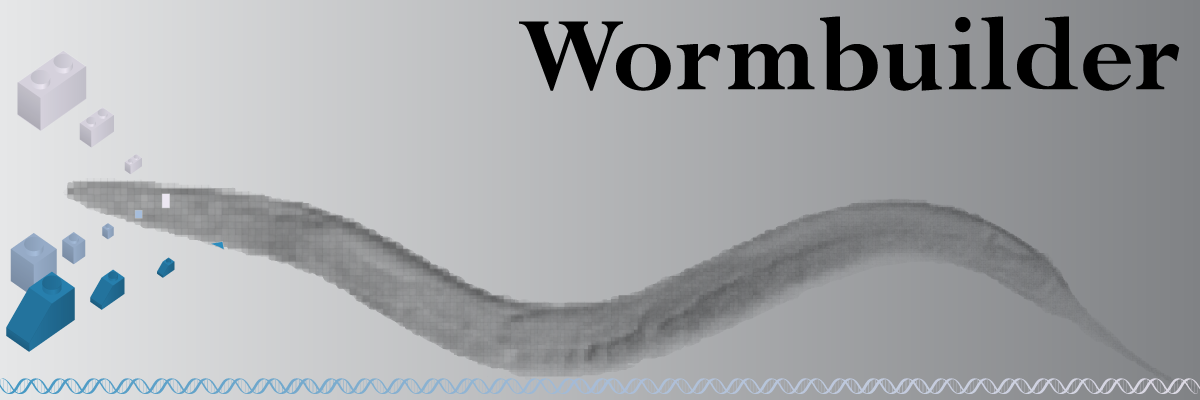FAQ
Where can I find the Mos1 insertions?
It is convenient to find the nearest Mos1 insertions in wormbase – you can turn on that as a custom track. The Mos1 collection was generated by the NemaGENETAG consortium and you can request the strains directly from them here.
Do you typically order the Mos1 strains verified or unverified?
In the Jorgensen lab, we typically order the strains unverified. We design a set of oligos near the Mos1 insert on both sides (approx. 200-400 bp away) and verify the presence and orientation of the Mos1 transposon. We typically chunk the plate we receive from the NemaGENETAG consortium and verify the presence of the Mos1 transposon from a bulk lysate before we single worms to identify a homozygous insertion.
Can you make deletions without using a selection marker – or by just using a fluorescent marker?
We have not tried to do this. It is likely that you can make the deletion but it is somewhat difficult to identify the correct deletion from all the animals on the plate. This is basically mosTIC – see the protocol from the Bessereau lab for details on how they identify mosTIC alleles.
How large deletions can you make?
We have successfully made 25 kb deletions but failed at making 30 kb and 50 kb deletions at the same locus (cxTi10882). It is likely that there will be some difference between genomic regions.
Can I make deletions to both sides of the Mos1 insertion?
We have not tried this – but we don’t expect it will be possible at any kind of convenient frequency. The repair and deletion process relies on finding homology regions near the breakpoint. There is some resection after the DNA break, which should allow for some deletion to both sides but the curve is fairly narrow. See Figure 2 in the paper describing MosTIC.
